Luis Barragán’s Mexico City home sets the scene for an intimate art exhibition
Curator Elena Filipovic has temporarily replaced the revered architect’s personal art collection with contemporary proxies that allude to the originals

Located surreptitiously near the end of a narrow street in Mexico City’s Miguel Hidalgo district, Casa Luis Barragán is the private residence and studio built by the famed Mexican architect in 1948 and inhabited until his death, 40 years later.
Now considered a modern masterpiece, the building had remained largely intact, harbouring Barragán’s vast collection of books, art, and curios. More recently, an exhibition curated by Elena Filipovic proposed a slight, nearly imperceptible shift in the residence’s contents, asking: What might the interior of Barragán’s home look like if he had lived on and entirely rehung it with art of the present?
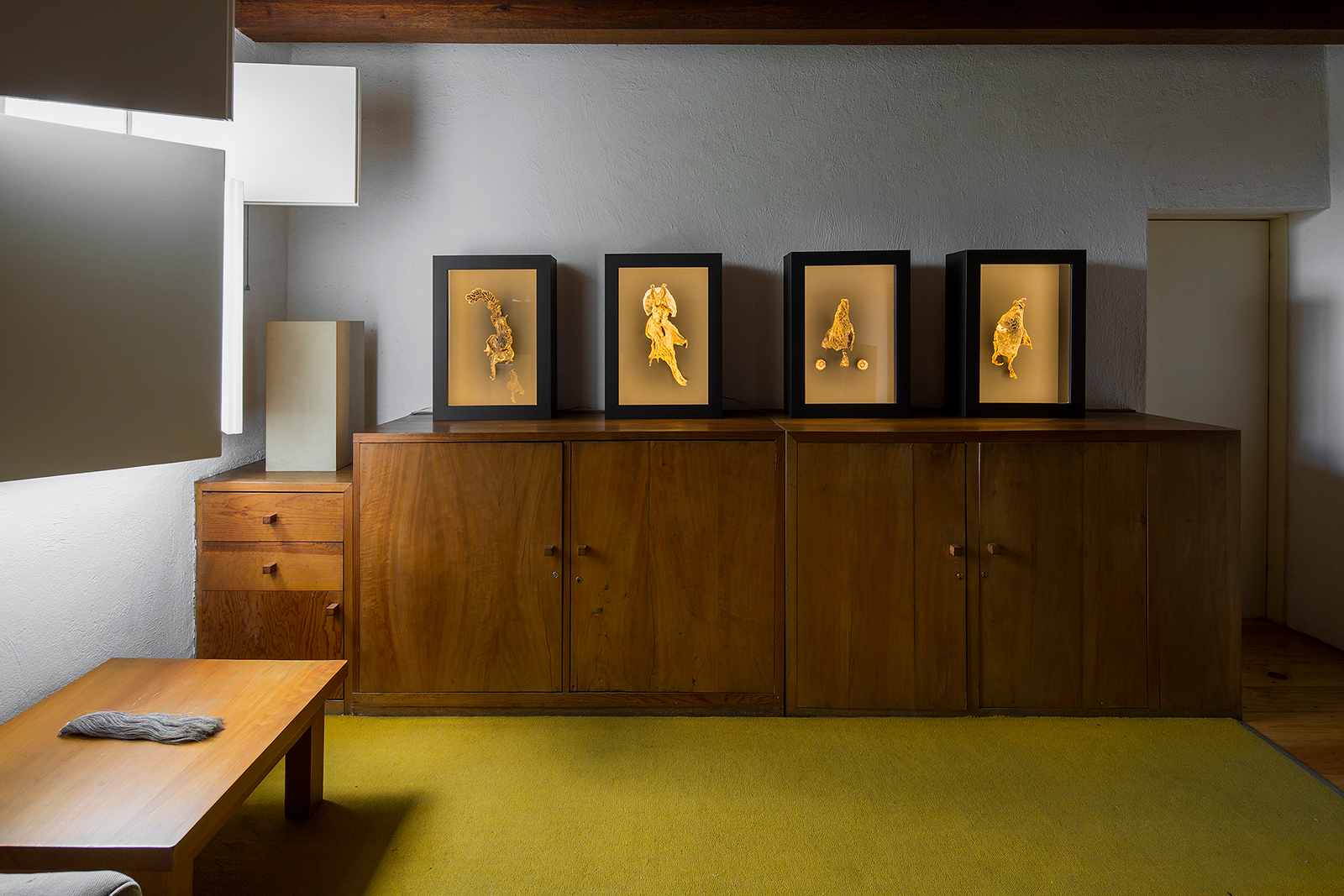
Ether en Flocons, 2018, by Roberto Cuoghi; and Pony Tails, 2013, by Lutz Bacher. Courtesy of Estancia FEMSA – Casa Luis Barragán
‘Emissaries for Things Abandoned by Gods’ is an exercise in bridging the past and the modern, seeking to establish a dialogue not only with the building itself, but with the paradoxical, often mythologised personality of its author. Describing the home as ‘a place where monkish asceticism meets a dandy’s capriciousness and where strict Catholicism meets material-sensual abandon’, Filipovic replaced more than 50 artworks with contemporary proxies, selected for their formal or conceptual correspondence to the originals.
Pieces by a group of 16 international artists, including Deana Lawson, Heinz Peter Knes, Gabriel Kuri and Lynette Yiadom-Boakye, now stand in place of Barragán’s carefully selected collection, often referencing the timeless themes he showed an interest in — mortality, spirituality, intimacy — and other times proposing new ones that speak to a collective existence, such as the refugee crisis and the lives of diasporic communities.
It is a peculiar experience, to encounter artworks usually exhibited within a sterile gallery setting, surrounded instead by the textures, colors, and quotidian objects of a private home. Too often within the spheres of art and architecture, archival work is paralysed and encapsulated within the framework of history. Spaces such as Casa Luis Barragán, however, offer myriad possibilities for exploring and understanding our present.
Preserving them as they once were is a commendable effort, but keeping them perpetually immutable, while relegating contemporary work to contemporary spaces, would rob us of the opportunity to create and present new narratives. This exhibition is only one example of the ways in which art can function as a tool for traversing time.
Purists needn’t worry, though. ‘Emissaries for Things Abandoned by Gods’ runs until 15 December, after which all of Barragán’s prized possessions — currently on view in the studio portion of the home — will be returned to their rightful places.
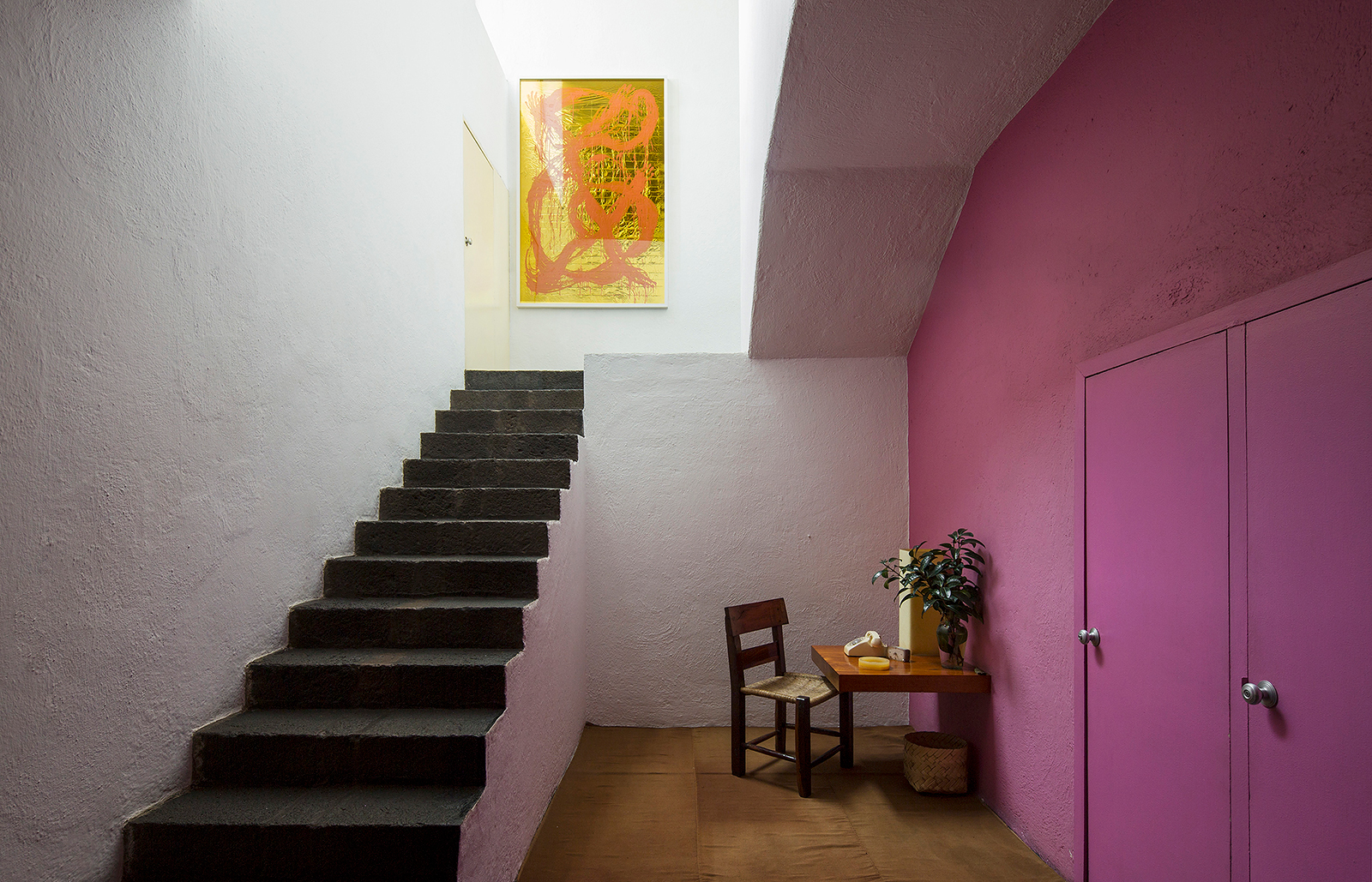
Express Nothing (Wood Molten), 2018, by Pamela Rosenkranz. Courtesy of Estancia FEMSA – Casa Luis Barragán
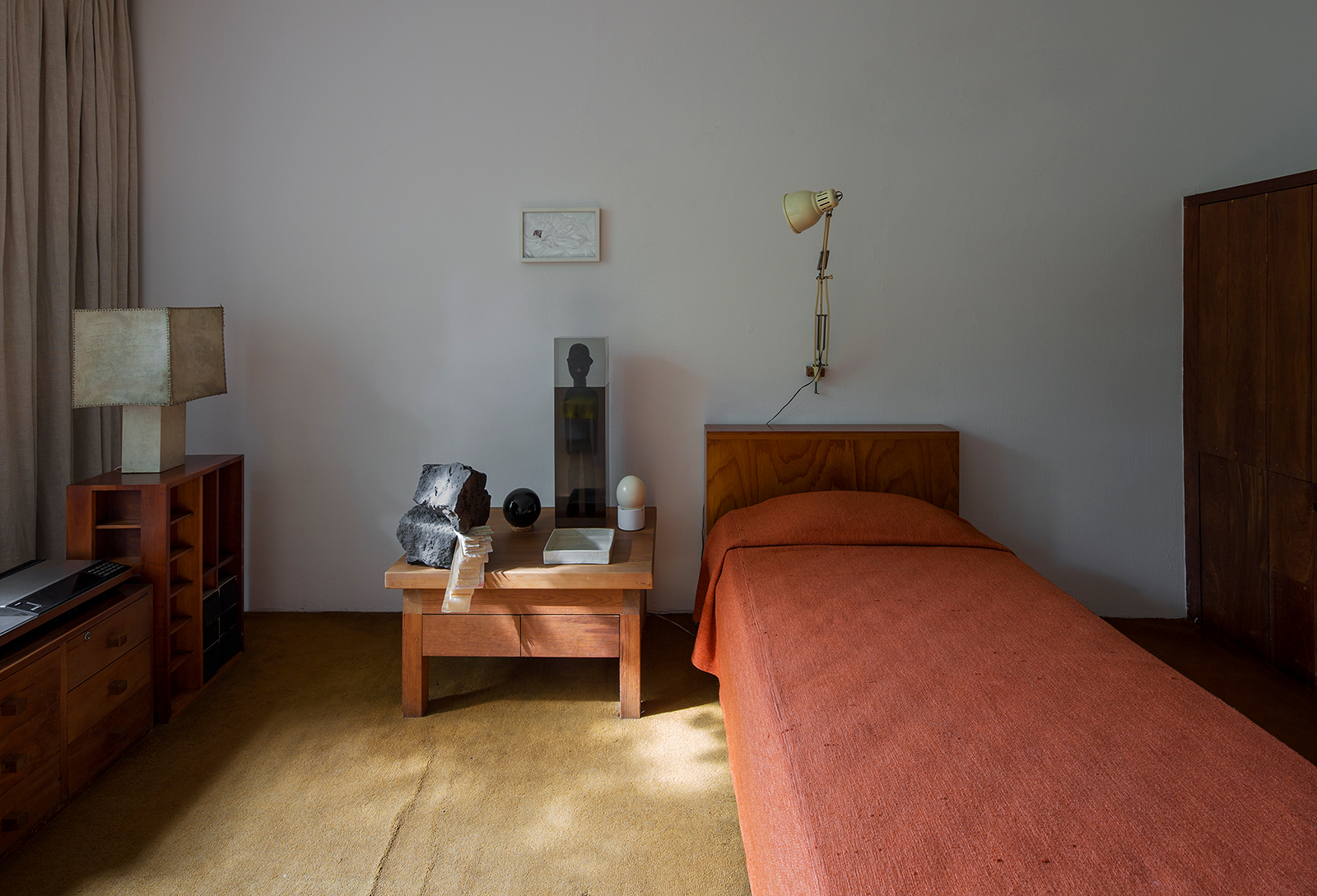
Adorah, 2018, by Deana Lawson; Dark Silhouette: Male Figure in Unison, 2019, by Matthew Angelo Harrison; and Ejercicio 2005 – 2006, 2006, by Gabriel Kuri. Courtesy of Estancia FEMSA – Casa Luis Barragán

Untitled, 2004, by Seth Price; If Something Detrimental Enters my Vehicle, 2019, by Danai Anesiadou; and Untitled, 2019, by Michael E Smith. Courtesy of Estancia FEMSA – Casa Luis Barragán
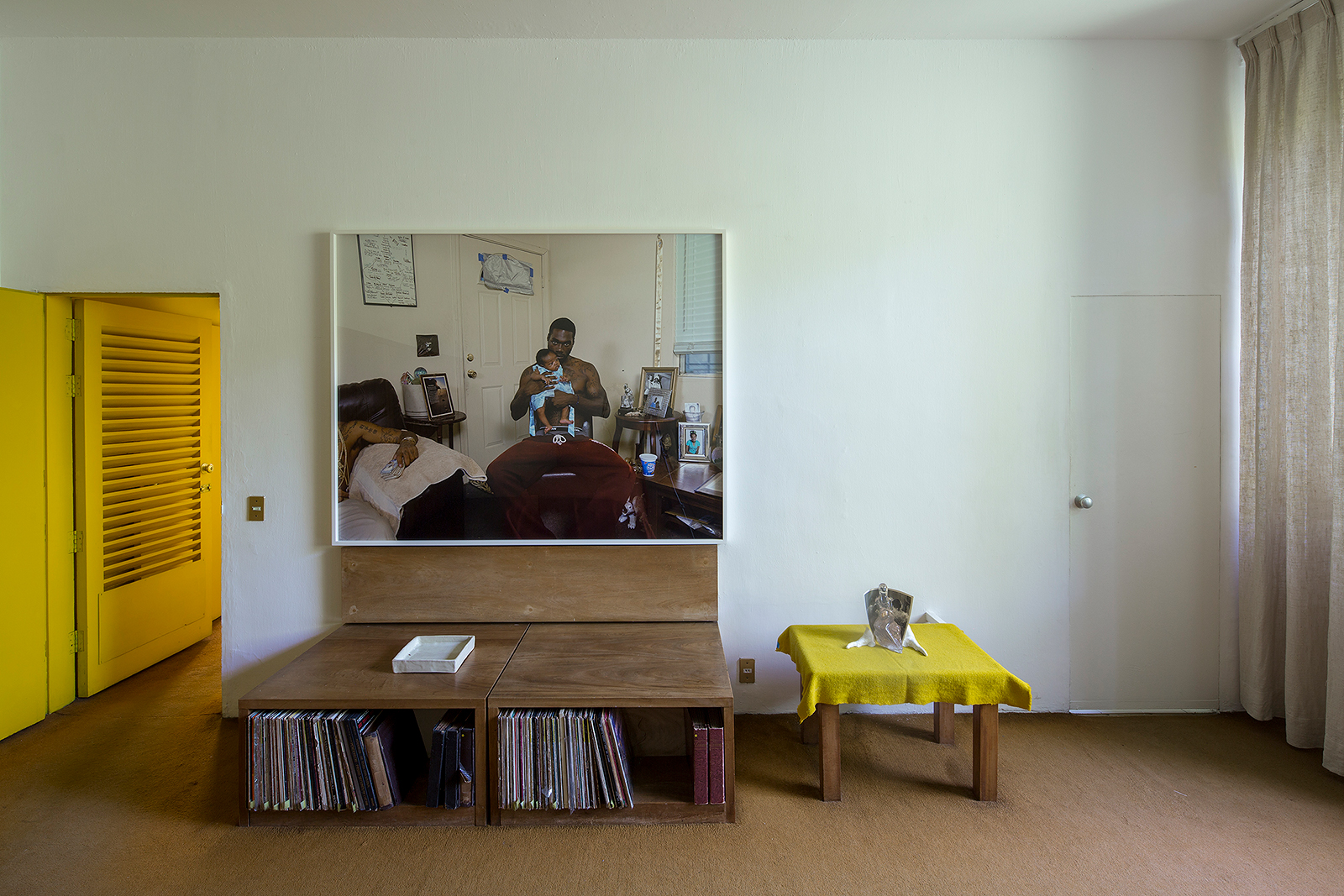
Sons of Cush, 2017, by Deana Lawson; and Oh man! Because I do Not Allow it, 2019, by Danai Anesiadou. .Courtesy of Estancia FEMSA – Casa Luis Barragán
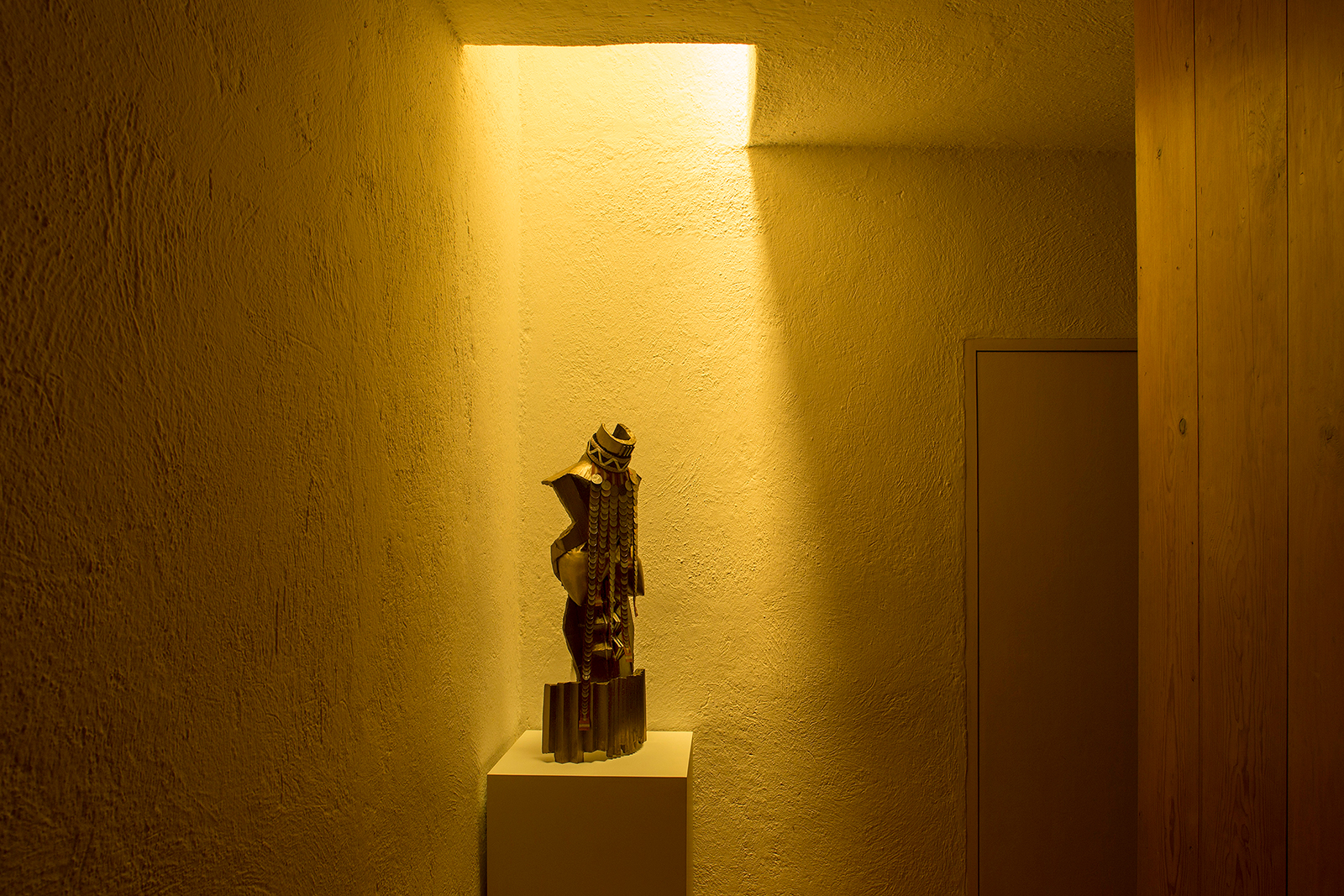
Conversion Table, 2016, by Andra Ursuța. Courtesy of Estancia FEMSA – Casa Luis Barragán

Pony Tails, 2013, by Lutz Bacher. Courtesy of Estancia FEMSA – Casa Luis Barragán
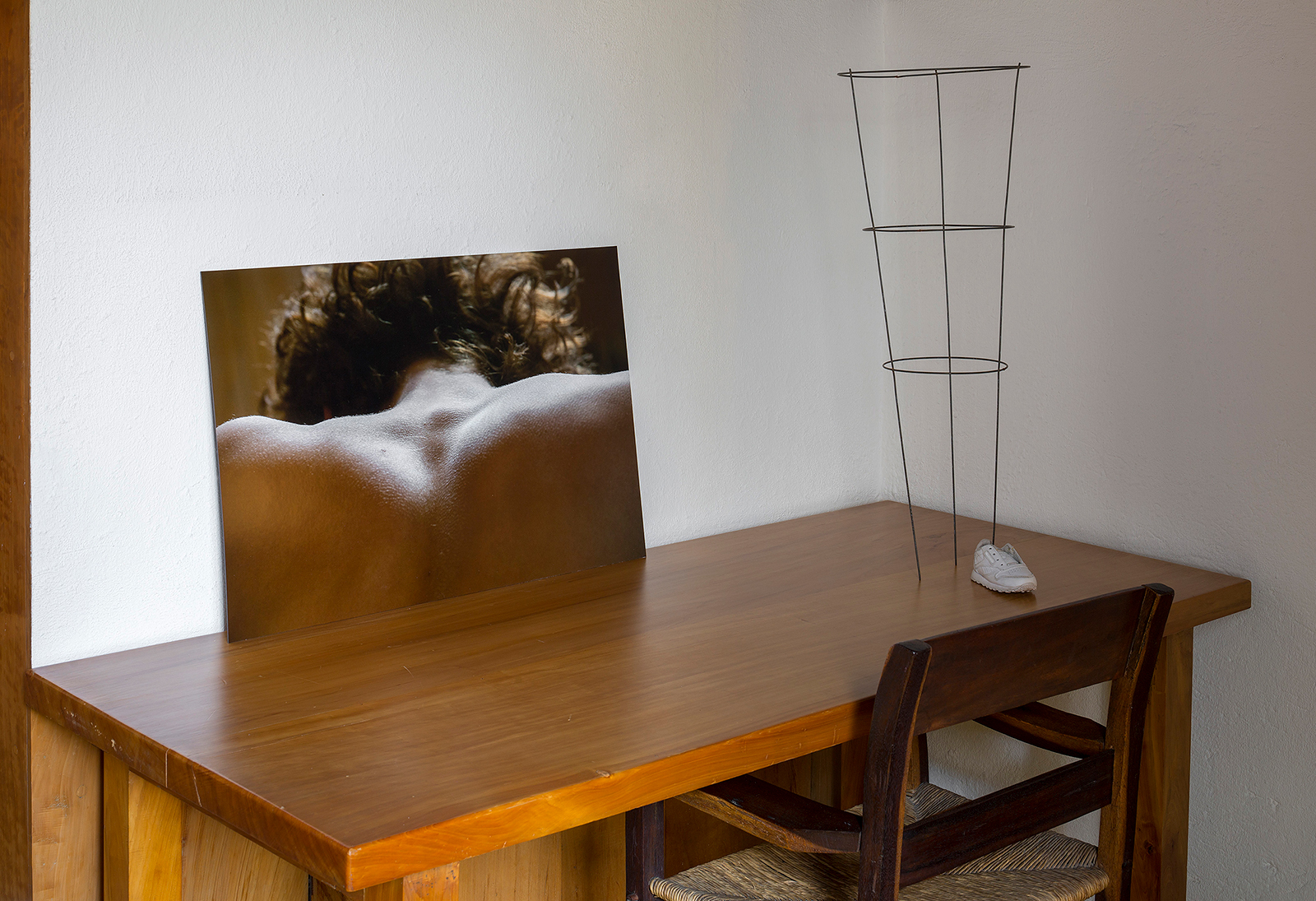
Untitled (Gustav), 2019, by Heinz Peter Knes; and Untitled, 2019, by Michael E Smith. Courtesy of Estancia FEMSA – Casa Luis Barragán

Institución de crédito, 2017, by Gabriel Kuri; and Imitatio Christi, 2017-2019, by Roberto Cuoghi. Courtesy of Estancia FEMSA – Casa Luis Barragán
INFORMATION
‘Emissaries for Things Abandoned by Gods’, until 15 December, Casa Luis Barragán. estanciafemsa.mx; casaluisbarragan.org
ADDRESS
Casa Luis Barragán
Gral Francisco Ramírez 12-14
Ampliación Daniel Garza
Miguel Hidalgo
11840 Mexico City
Receive our daily digest of inspiration, escapism and design stories from around the world direct to your inbox.
-
 How We Host: Interior designer Heide Hendricks shows us how to throw the ultimate farmhouse fête
How We Host: Interior designer Heide Hendricks shows us how to throw the ultimate farmhouse fêteThe designer, one half of the American design firm Hendricks Churchill, delves into the art of entertaining – from pasta to playlists
-
 Arbour House is a north London home that lies low but punches high
Arbour House is a north London home that lies low but punches highArbour House by Andrei Saltykov is a low-lying Crouch End home with a striking roof structure that sets it apart
-
 25 of the best beauty launches of 2025, from transformative skincare to offbeat scents
25 of the best beauty launches of 2025, from transformative skincare to offbeat scentsWallpaper* beauty editor Mary Cleary selects her beauty highlights of the year, spanning skincare, fragrance, hair and body care, make-up and wellness
-
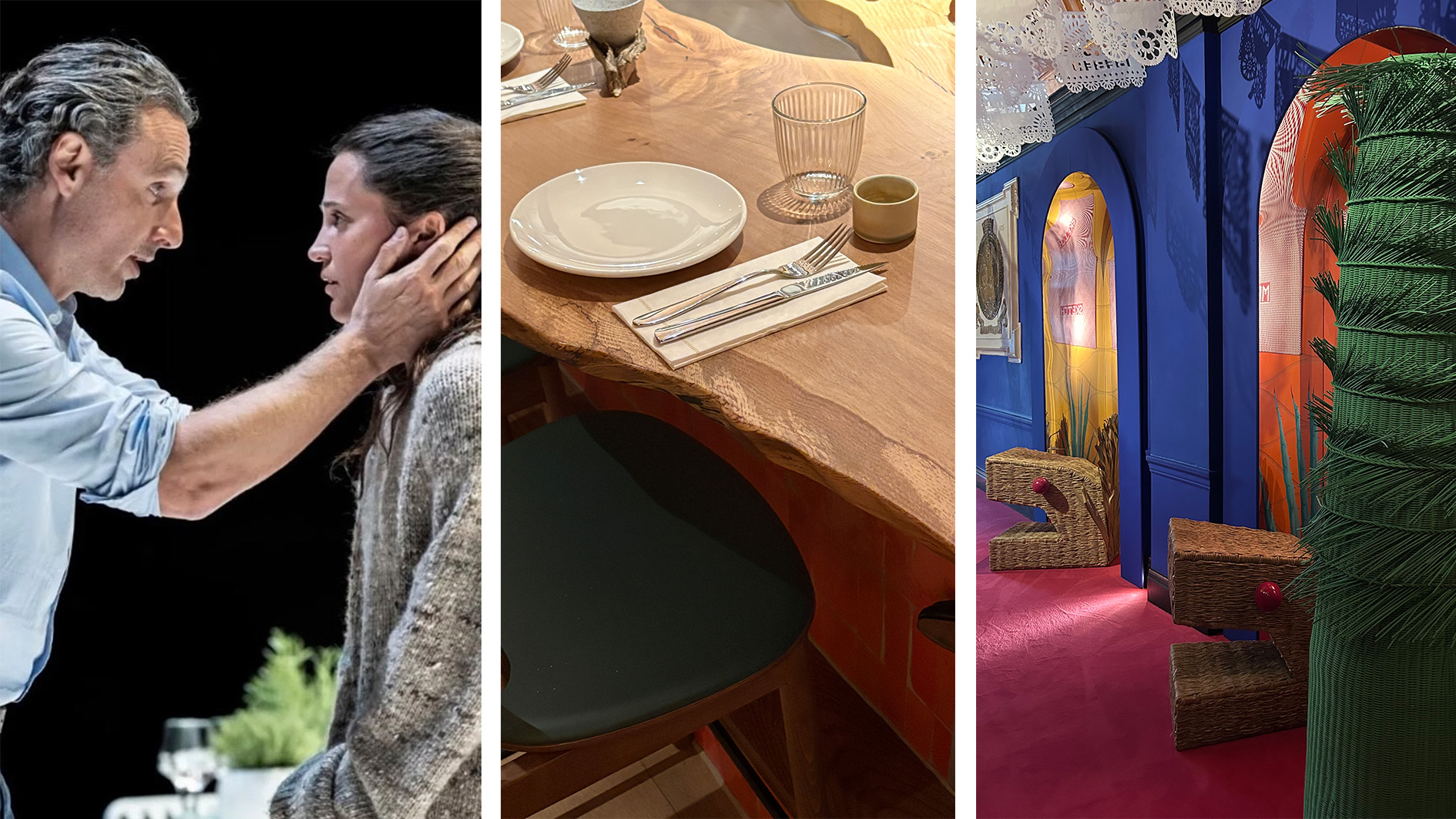 Out of office: the Wallpaper* editors’ picks of the week
Out of office: the Wallpaper* editors’ picks of the weekAnother week, another sweep of culture in the capital and beyond for the Wallpaper* team. This time: hidden book fairs, standout theatre, and a taste of the Mediterranean – from a Spanish showcase to seafood in the Portuguese archipelago
-
 Out of office: the Wallpaper* editors’ picks of the week
Out of office: the Wallpaper* editors’ picks of the weekSummer holidays are here, with Wallpaper* editors jetting off to some exceptional destinations, including highly recommended Mérida in Mexico. Then it’s back to work, or, for one editor, back to school…
-
 Out of office: what the Wallpaper* editors have been doing this week
Out of office: what the Wallpaper* editors have been doing this weekInvesting in quality knitwear, scouting a very special pair of earrings and dining with strangers are just some of the things keeping the Wallpaper* team occupied this week
-
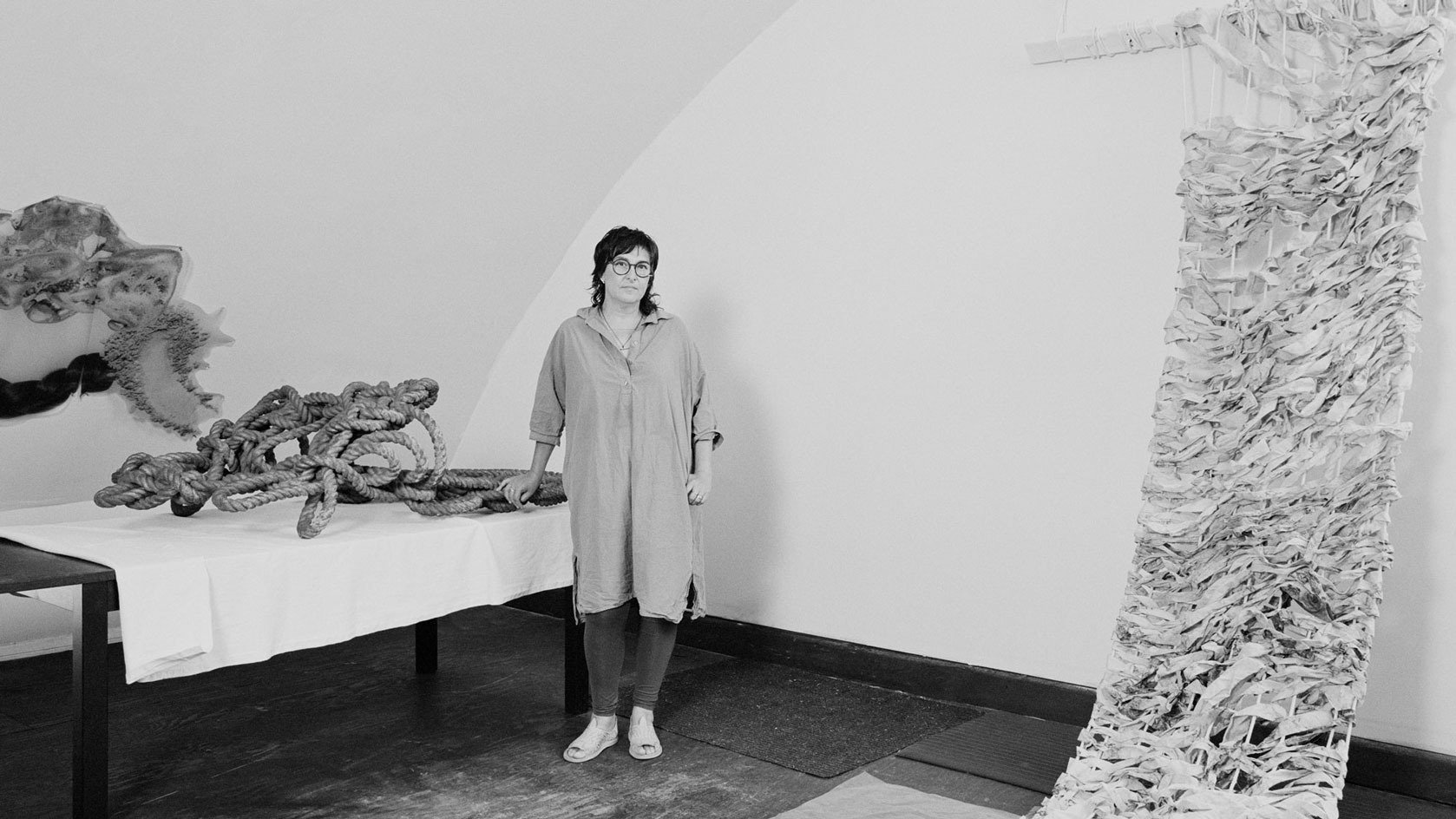 Tanya Aguiñiga: the artist weaving new narratives for borderless creativity
Tanya Aguiñiga: the artist weaving new narratives for borderless creativityWe profile LA-based artist and Loewe Foundation Craft Prize finalist Tanya Aguiñiga, whose work explores life on the US-Mexico border and seeks to empower transnational voices
-
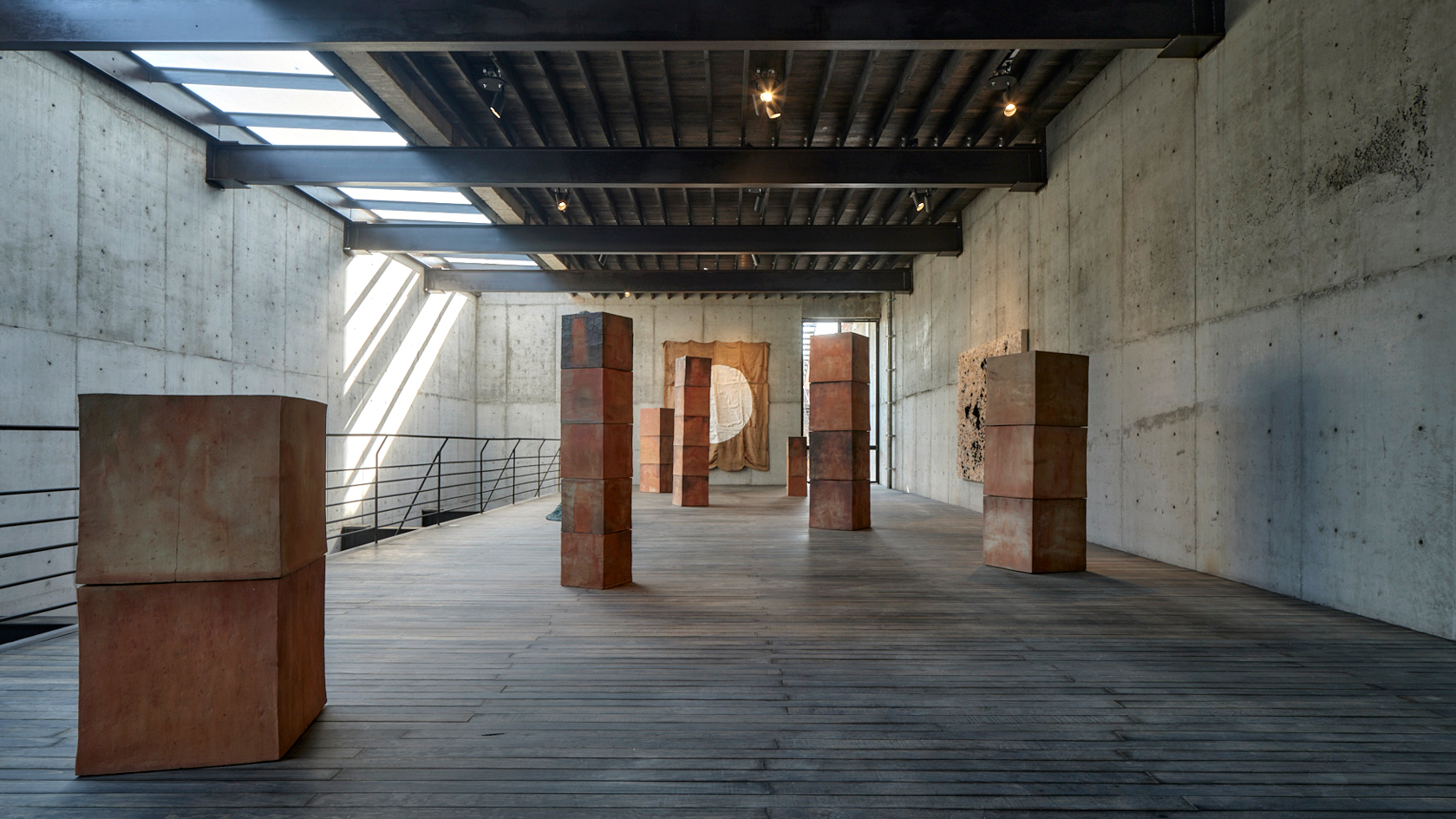 Bosco Sodi’s monumental new Mexico City studio is a multifunctional feat
Bosco Sodi’s monumental new Mexico City studio is a multifunctional featAs Bosco Sodi unveils his new Studio CMDX in Atlampa, Mexico City, we speak to the artist about how the vast Alberto Kalach-designed former warehouse is a feat in multitasking
-
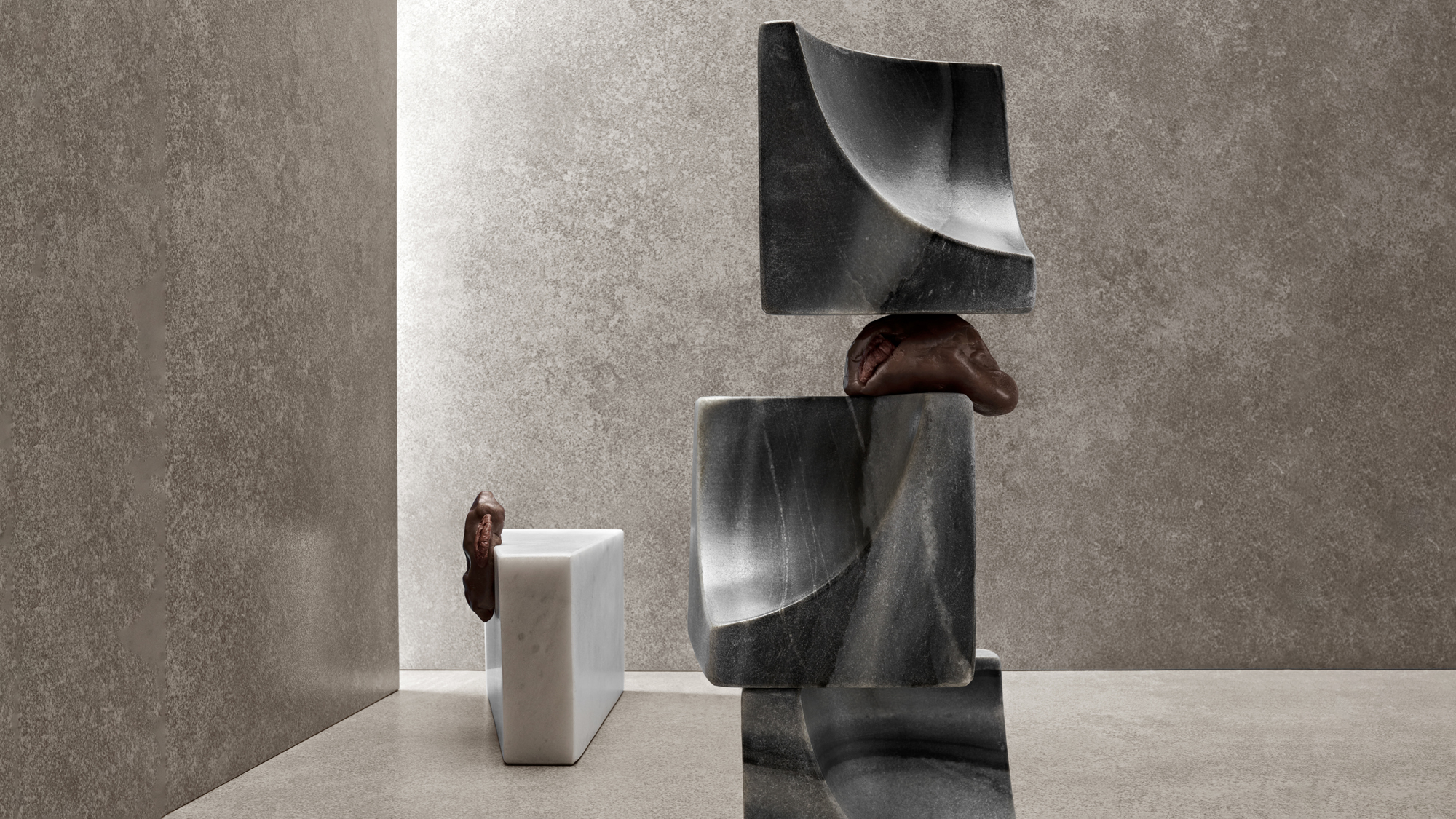 Artist’s Palate: Jose Dávila’s chocolate fudge with pecans
Artist’s Palate: Jose Dávila’s chocolate fudge with pecansTry Jose Dávila’s indulgent recipe for chocolate fudge with pecans, from our December 2022 issue’s Artist’s Palate feature, a Wallpaper* homage to our favourite contemporary art
-
 Botanical sculptor Azuma Makoto creates a sculptural ecosystem at Mexico’s SFER IK
Botanical sculptor Azuma Makoto creates a sculptural ecosystem at Mexico’s SFER IKJapanese artist Azuma Makoto’s largest flower sculpture to date responds to SFER IK’s unique biophilic design and the surrounding wilderness
-
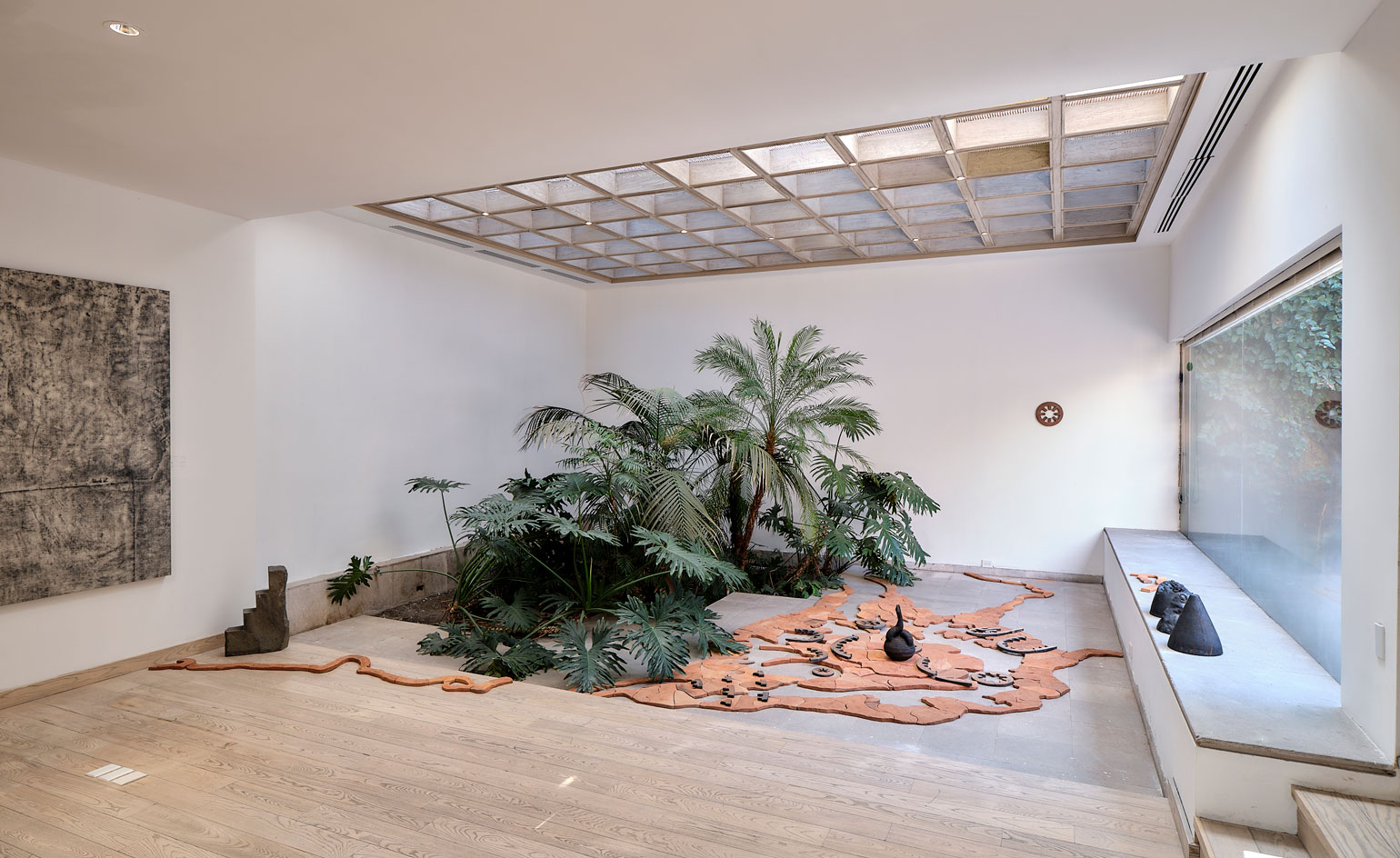 Mexico City art hub JO-HS opens inside a modernist icon
Mexico City art hub JO-HS opens inside a modernist iconNew exhibition space and creative hub JO-HS opens inside a striking example of modernist Mexico City architecture by Carlos Herrera